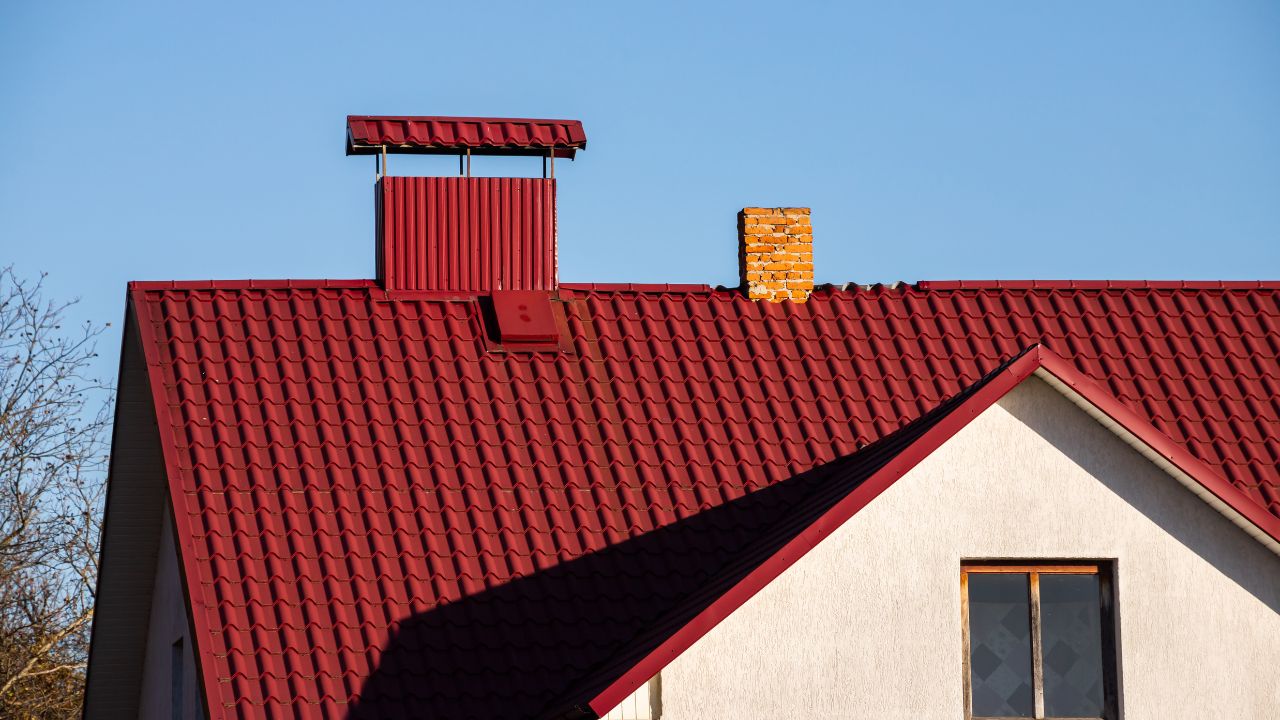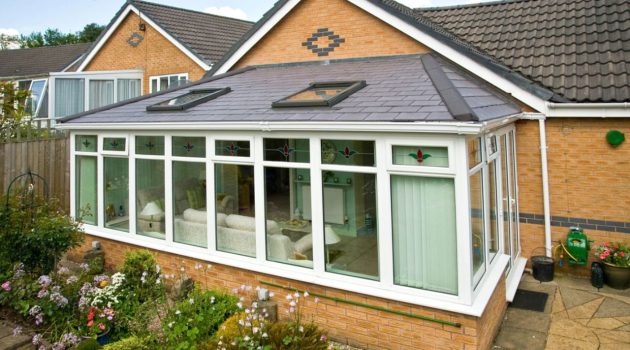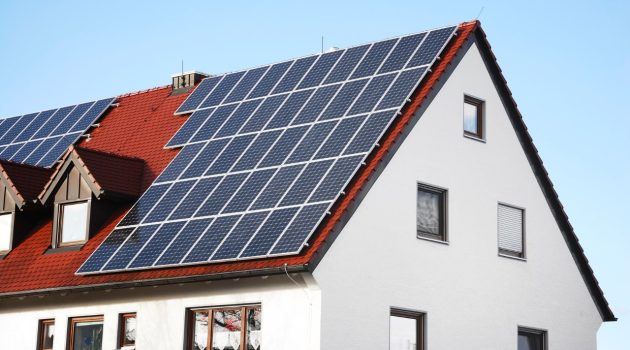Choosing the right roofing material for your home is a crucial decision. Not only do you want a roof that looks great, but you also need one that is durable and long-lasting.
With so many options available, it can be overwhelming to determine which roofing materials will best suit your needs, while also being affordable and providing lasting protection for your home.
In this article, we’ll explore 7 of the most durable and long-lasting roofing materials available on the market today.
From traditional options like asphalt shingles to more modern and eco-friendly choices like standing-seam metal roofs, we’ll discuss each material’s advantages and potential drawbacks, helping you make an informed decision for your home’s new roof.
As you read on, you’ll better understand the various roofing materials and their expected longevity, ensuring that you can confidently select the best option for your home’s style, budget, and long-term needs.
1. Analyzing Factors of Roofing Materials
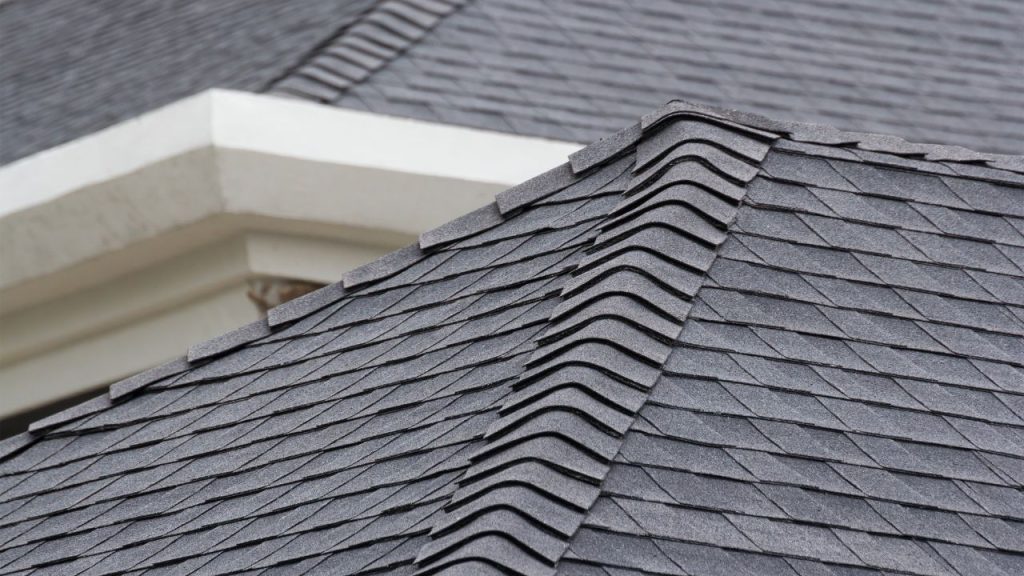
Cost Analysis
When considering long-lasting roof materials, it’s important to analyze the cost factor.
A new roof is a significant investment, so you’ll want to balance your budget with the potential long-term benefits.
Some materials may have a higher upfront cost but result in lower maintenance and repair expenses over time.
It’s essential to weigh the initial installation costs with the expected lifespan and maintenance requirements to determine the most cost-effective option for your home.
Durability Assessment
A key factor in choosing a long-lasting roofing material is its durability. Different materials’ lifespan and long-term performance vary, with some having a significantly longer life expectancy than others.
Common materials and their typical lifespans are:
- Asphalt shingles: 20-30 years
- Metal roofs: 40-70 years
- Concrete or clay tiles: 50-100 years
- Slate roofs: 100+ years
Remember that your roof’s longevity may vary based on the quality of installation, climate, and other factors.
It’s crucial to select a durable material that can withstand the elements and remain long-lasting with proper maintenance.
Installation and Maintenance
Regarding long-lasting roofing materials, ease of installation and maintenance requirements are also important factors.
Some materials require professional installation and specialized knowledge, while others are more DIY-friendly.
The weight of the material may also impact the installation process, with heavy materials like slate necessitating additional structural support, while lightweight options like metal may be simpler and more cost-effective to install.
As for maintenance, it’s essential to understand the necessary upkeep for each material to ensure its long-term performance.
Some materials require frequent maintenance, such as inspections, repairs, and leak prevention, while others are more resistant to damage and easier to maintain.
Remember that proper maintenance is crucial in prolonging the life of any roof material, so it’s a good idea to factor in installation and upkeep requirements when making your decision.
READ MORE: Expert Tips for Extending the Lifespan of Your Roof
2. Types of Long-Lasting Roof Materials
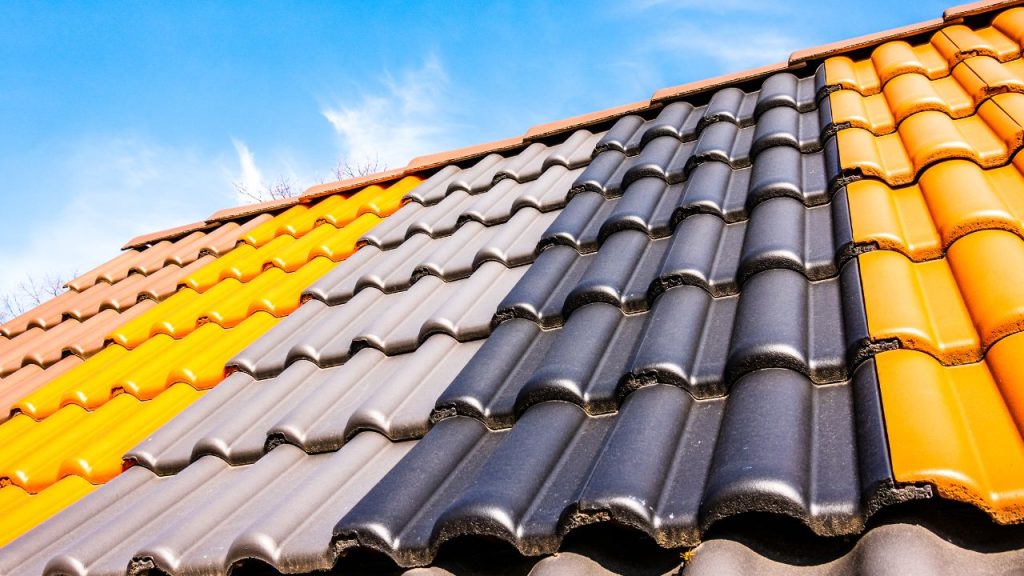
Asphalt Shingles
Asphalt shingles are one of the most popular roofing materials due to their affordability and ease of installation.
These shingles are made of fiberglass or organic materials coated with asphalt and ceramic granules, providing excellent protection against weather elements.
With proper installation and maintenance, asphalt shingles can have a lifespan of around 20 to 30 years.
Regular inspections, clearing debris, and replacing damaged shingles can help prolong their lifespan. Also, innovative roofing solutions can extend the operational life of asphalt shingle roofs.
Homeowners with asphalt shingles roofing or those planning to install them for their roofs can gather more information at Triple Roofing and other roofing company websites about these solutions.
Additionally, using algae-resistant shingles can prevent unsightly black streaks caused by algae growth.
Make sure to work with a reputable roofing company specializing in roof repair, replacements, and consultations to get a one-stop solution and trusted source for all your roofing needs.
Metal Roofing
Metal roofing is renowned for its durability and long lifespan, making it a popular choice for homeowners seeking a reliable and long-lasting roof.
Metal roofs have a 40 to 70-year lifespan, surpassing the longevity of traditional asphalt shingle roofs.
This means that a metal roof can outlast multiple generations of other roofing materials, making it a worthwhile investment.
Metal roofs have an impressive lifespan, provide excellent protection against extreme weather conditions, and are resistant to fire, rot, and insect damage.
Metal roofing materials, such as aluminum, steel, or copper, offer a sleek and modern appearance that can enhance the curb appeal of any home.
Regular inspections and maintaining roof coatings can help prolong the lifespan of a metal roof.
Clay Tiles
Clay tiles are renowned for their timeless elegance and superior durability, making them an excellent choice for homeowners seeking a long-lasting roof material.
Clay tile roofs can last over 100 years with proper installation and maintenance.
This lifespan surpasses most other roofing materials, making clay tiles a valuable investment for homeowners.
In addition to their durability, clay tiles offer numerous benefits. They are resistant to fire, insects, and rot, providing reliable protection against various elements.
Clay tiles also provide natural insulation, helping to reduce heating and cooling costs.
However, it’s important to ensure that your home’s structure can support the weight of clay tiles, as they are heavier than other roofing materials.
Slate Roofing
Slate roofing is widely recognized as a long-lasting and durable roof material, offering several benefits to homeowners.
According to information gathered from various sources, slate roofs have an impressive lifespan of over 100 years when properly installed and maintained.
This longevity makes slate roofing a worthwhile investment for homeowners looking for a lasting solution.
One of the key advantages of slate roofing is its natural resistance to mold, fire, and water absorption.
Slate tiles are heavy and not easily blown off by strong winds, providing added protection against severe weather conditions.
Additionally, slate roofs are known for their low maintenance requirements and high durability, reducing the need for frequent repairs or replacements.
Slate roofing stands out as a long-lasting and resilient choice for homeowners.
Its longevity, natural resistance to various elements, low maintenance needs, and fire resistance make it an appealing option.
While slate roofing may come with a higher initial cost, its durability, and potential savings, in the long run, make it a valuable investment for those seeking a reliable and enduring roof material.
Wood Shingles
Wood shingles and shakes are known for their rustic charm and can be a long-lasting roof material when properly installed and maintained.
Heavy hand-split cedar shakes, which are 3/4 inch thick, are considered the most durable type of wood roofing material.
They can last for up to 80 years, making them a popular choice for homeowners looking for longevity.
Wood shingles and shakes offer several benefits. They provide natural insulation, helping to regulate temperature and reduce energy consumption.
Additionally, wooden roofs have a unique aesthetic appeal that adds character to a home’s exterior.
However, it’s important to note that wood roofs require regular maintenance, including treatments to prevent mold, rot, and insect damage.
Synthetic Roofing Materials
Synthetic roofing materials, also known as composite or artificial shingles, have gained popularity in the roofing industry due to their durability and longevity.
These materials are typically made from recycled rubber, plastics, or a combination of both, making them environmentally friendly.
According to information gathered from various sources, synthetic roofing materials offer several advantages over traditional roofing options.
One of the main advantages of synthetic roofing materials is their exceptional durability.
They are designed to withstand extreme weather conditions, including high winds, hail, and UV exposure.
Synthetic shingles are also resistant to rot, mold, and insect damage. Additionally, these materials require minimal maintenance, reducing the need for costly repairs or replacements.
Moreover, synthetic roofing materials can mimic the appearance of other roofing materials, such as slate or cedar shakes, providing homeowners with a wide range of design options.
They are available in various colors and styles, allowing homeowners to achieve the desired aesthetic for their homes.
Furthermore, synthetic roofing materials are lightweight, which can help reduce the stress on the structure of the building.
Concrete Tiles
Concrete tile roofs are another long-lasting roofing option, with lifespans ranging from 50 to 100 years.
They can resemble clay, wood, or even slate, allowing for a versatile look to fit your home’s style. Concrete tiles are durable, low maintenance, and energy-efficient.
However, they are heavier than other roofing materials, so structural support is essential.
3. Choosing the Right Material for Your Climate
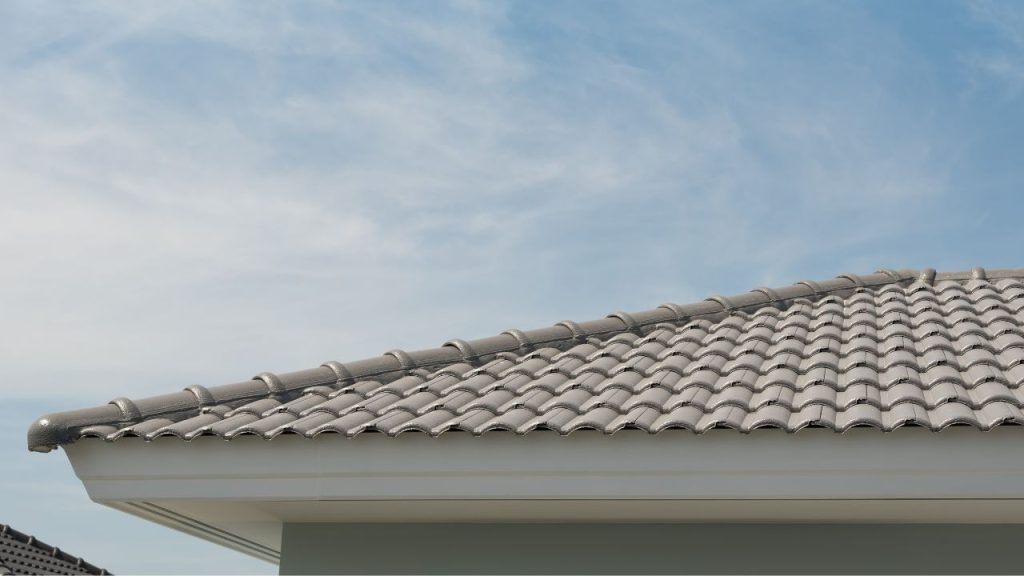
When selecting a long-lasting roof material, it is crucial to consider the climate you live in.
The right roofing material can help with insulation energy efficiency and protect your home from damage due to weather conditions.
In colder climates, you’ll want a roofing material that insulates well, keeping your home cozy during the winter months while also being resistant to snow and ice buildup.
Metal roofs, such as standing-seam metal roofs, are popular due to their excellent insulation properties and ability to shed snow easily.
For warmer climates, finding a roofing material that can keep your home cool by reflecting heat and providing ventilation is essential.
Clay or cement tiles are ideal options since they possess natural heat-reflecting properties and allow air circulation beneath the tiles, significantly reducing heat buildup.
Choosing a roofing material with high water resistance is essential if you live in an area prone to rainfall.
Asphalt shingles provide great protection against water while also being lightweight and budget-friendly. Fiberglass asphalt shingles are especially durable and weather-resistant.
Living in hurricane-prone regions requires a roofing material that can withstand powerful winds. Consider installing a roof to handle winds of 100 miles per hour or more.
Both metal roofs and fiber cement tiles are suitable, thanks to their strength and resistance to impact.
Lastly, prioritize energy efficiency when choosing your roof material, especially if you wish to reduce your energy bills and your home’s carbon footprint.
Metal roofs or cool roofing asphalt shingles with solar reflectance technology are great examples of energy-efficient roofing materials.
Conclusion
In conclusion, choosing the right roof material is crucial for the long-term protection and durability of your home.
Considering factors such as lifespan, durability, maintenance requirements, and overall aesthetic appeal can help you make an informed decision.
Whether you opt for asphalt shingles, metal roofing, clay tiles, slate roofing, wood shingles and shakes, or synthetic materials, investing in a long-lasting roof will provide peace of mind and protect your home for years to come.
Remember to consult with a professional roofing contractor for expert advice tailored to your specific needs and local climate conditions.
With proper installation and regular maintenance, your roof can withstand the test of time and continue to provide reliable protection and aesthetic appeal for generations to come.
